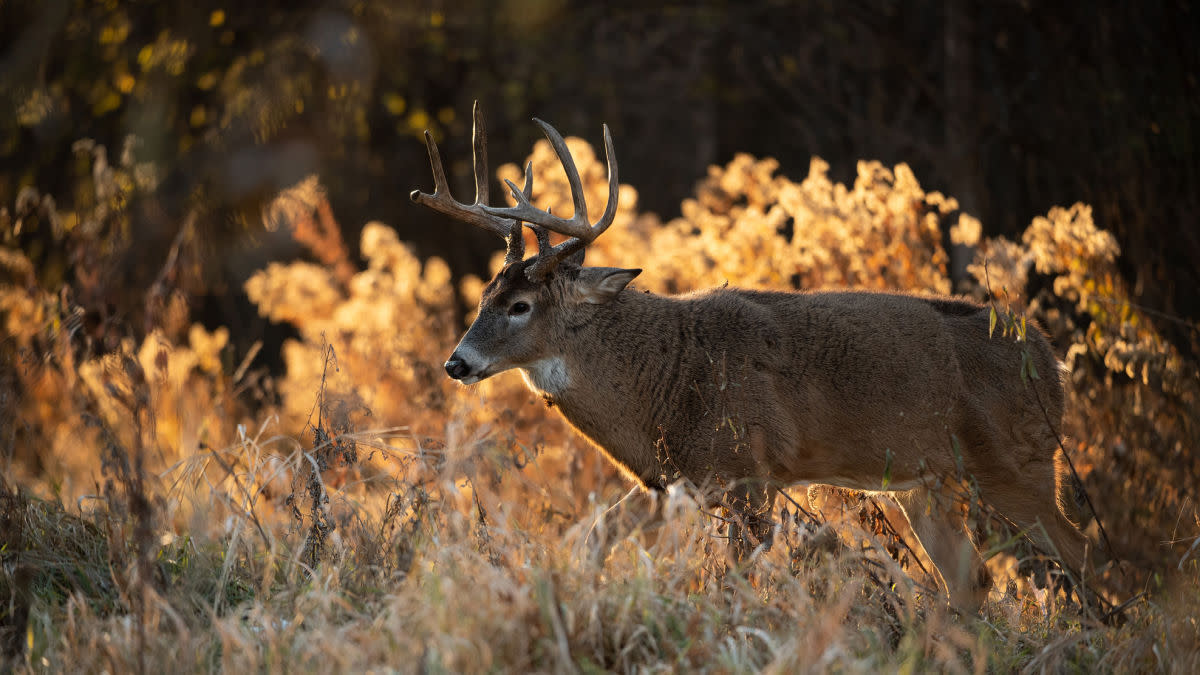
Amidst many a marital squabble, my wife has reminded me that “perception is reality.” I still don’t know what the hell that means in the context of my marriage, but when it comes to deer hunting, I’ve got it pegged. It means that the October lull is in fact real, despite research showing that buck movement steadily increases throughout the month.
This has led many to claim that the mid-October dip in buck sightings is a myth. But they’re wrong.
The Reality of the October Lull
To be clear, I do not disagree with the studies from North Carolina State, Texas A&M, and the University of Georgia. GPS collar research has consistently shown that bucks move more as October progresses, and I have faith in the legitimacy of those studies. But that doesn’t change the fact that millions of deer hunters every year experience something different.
There is obviously a disconnect between what the science says and what hunters observe. The discrepancy is due to the fact that the lull is not caused by a decrease in deer movement, but a change in deer movement. It’s a change that hunters often don’t account for.
When most hunters report seeing a lull, a number of variables are in play that result in this change. Hunting pressure has gone up, acorns are falling, crops are being harvested, and leaves are disappearing. All of this leads to deer spending time in very different areas than they were a few weeks prior.
The hunter who sticks to the same strategies on October 15 that he tried on October 1 is going to see fewer deer. Hence, the perceived lull. As deer patterns change, hunters need to respond.
Play it Safe?
Buck movement in mid-October will often shift towards cover, with less daylight activity in open areas. This is mostly due to more human pressure and less leaf cover. Getting within shooting range of a mid-October buck can require more high risk, high reward tactics, and an understanding of where these deer are hanging out in daylight.
If you hunt a small farm or have limited property options, it may not be worth getting aggressive given the risk of pushing a buck off your ground completely. If you find yourself in this scenario, I’d advise playing it safe for now and waiting for better days.
Hunt the edges, observe from afar, or target does in low-impact areas. Avoid messing up your best spots by waiting for late October and early November, when testosterone will make those deer more reckless.
Be Aggressive?
On the other hand, if you know where bucks are bedded or moving before last light, get after them.
A mid-October strike will typically require getting close to buck bedding or in-cover food sources, like a lone oak or apple tree dropping mast. When you find a spot like this, time your hunt to coincide with a temperature drop or high barometric pressure. This can be a dynamite equation for tagging a buck before the chaos of the rut.
But remember, if you barge in and try this unsuccessfully, you might not see that buck again for days or weeks. For this reason, I typically don’t recommend this option unless you have a large property, access to multiple spots, or a large swath of public land to bounce across.
Science has clearly shown that there is no biologically identifiable October lull; the bucks are still out there and moving. But, plenty of hunters still experience it every year. Adjust for this change in deer behavior and the October Lull will become a myth.
Feature image via Matt Hansen.






Conversation